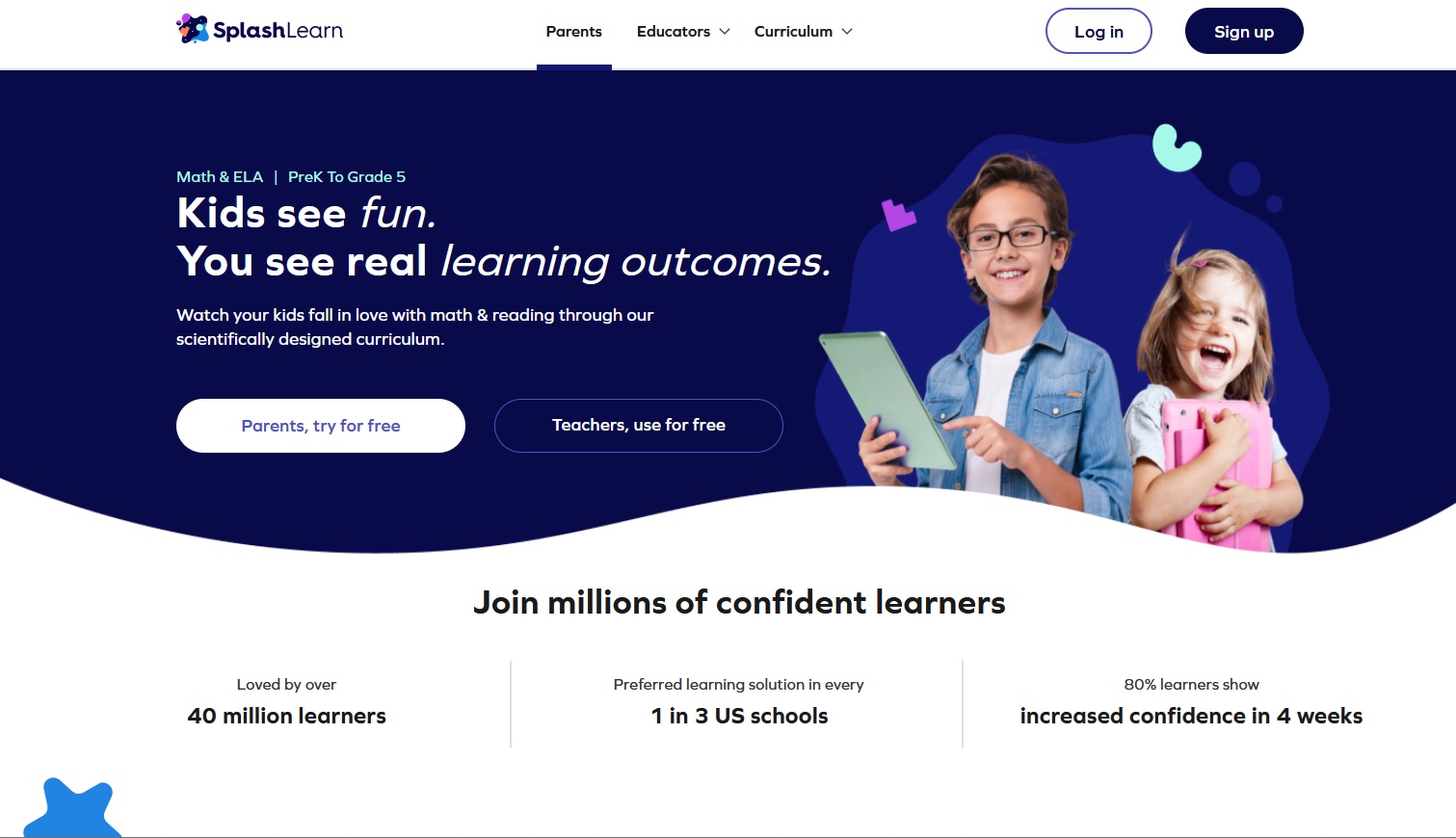Compliance training has become an essential aspect of corporate governance in today’s fast-paced working environment. Proper employee behavior is critical when it comes to meeting regulatory requirements and ensuring a safe work environment. However, traditional forms of training, like on-site workshops, can be expensive and inefficient in the long run. Fortunately, with advancements in technology, Learning Management Systems (LMS) have emerged as a robust tool for organizations to train their employees effectively.
What Is Lms?
An LMS is a software application that enables the management and delivery of educational courses, training programs, or development programs. It provides users with access to learning materials from one central system, simplifying the administration and tracking of course completion rates. Organizations use LMS soluitons like Latitude Learning for many reasons; some include:
- Improved Efficiency
- Standardized Processes
- Data Tracking & Analysis
A wide range of Learning Management Systems are available on the market today designed around specific organizational needs, such as corporate e-learning courses or academic coursework.
LMSs For Compliance – A Vital Tool For Effective Workplace Training
Employers are bound by law to ensure compliance with industry-specific requirements, such as OSHA regulations, which are essential in maintaining health and safety standards within the workplace and promoting acceptable behavior among employees at all levels.
Organizations that choose online learning management systems for their regulatory compliance needs benefit from customized tools that can deliver self-paced courses taught through interactive materials such as videos, animations, and the like. Thanks to its automated reporting capabilities and effective testing tools like quizzes, an LMS helps enforce vital regulatory principles throughout the workforce while enhancing employee retention rates.
Adaptability – Keeping Pace With Changing Regulations
Maintaining regulatory adherence requires sharing up-to-date “best practices” properly across all departments within an organization. Frequent updates are often necessary to ensure organizations stay ahead of non-compliant competitors. Following intimation from authoritative bodies, the updates must be implemented properly across all levels of the organization, something that can be a massive undertaking.
Using LMSs for compliance regulations eliminates the need for frequent on-site regulatory workshops by providing an agile platform that allows employers to apply any required changes and customize content with minimal IT intervention. This ensures optimal speed and effectiveness of training practices as new updates that are released can be shared easily and distributed using a centralized e-learning platform in compliance departments.
Tracking Progress – Always In Visible Control
It is crucial for companies handling sensitive customer data or those prone to accidents within their premises to be well-equipped with detailed analysis data captured through an LMS. Monitoring and tracking employees’ progress enables them to comply with regulatory bodies when submitting audit details, increasing transparency and reducing the odds of penalties arising from non-compliance. This is especially true in cases where certain procedures require proof of completion, which is now readily available by automating the certification processes.
Maintaining Employee engagement
Organizations must ensure their workforce remains engaged during regularly-conducted compliance sessions so they can implement their learnings across operational functions. This goes a long way in helping organizations meet all the requirements set out by regulation authorities. An otherwise non-engaging atmosphere leads to waning attention rates and affects employee retention severely. Ensuring constant employee engagement during training programs via effective resources like animations adds value, making courses more interactive and enjoyable while achieving increased focus. This also generates more valuable feedback, minimizing employee attrition rates over time and facilitating significant cost savings.
Identifying The Best Learning Management System For Your Compliance Needs
When deciding on which LMS best fits your business needs and maximizes compliance efforts, a number of factors should be considered:
- Security Features – A credible LMS should offer reliable security protocols.
- Customization Of Training Programs – An ideal learning management system must allow enterprises flexible course compatibility and customizability to align it directly with the organizational structures.
- Reporting Capabilities – Reporting capabilities are a vital component of any LMS used in compliance or safety programs. They ensure ease in identifying areas needing improvement while providing detailed information on learners’ progress, which can be tracked over time.
- Customer Support – Effective customer support is crucial during the implementation phase and even afterward when the system is up and running. Organizations should be able to depend on reliable technical support whenever necessary.
Once you have established the foundations of what makes a credible LMS for compliance training programs, selecting an appropriate software vendor requires thorough research. You should seek advice and recommendations from credible industry professionals and existing buyers about their preferred solutions. Anecdotal evidence from direct implementation speaks directly towards whether an LMS solution meets the needs set forth by interested organizations.
In Conclusion – Why You Should Choose An LMS
Maximizing workforce efficiency through proper compliance training and adhering to safety regulations can promote a healthy and safe work environment at all levels of operations. Furthermore, utilizing an effective online learning management system will minimize costs related to traditional training modes, facilitating enhanced employee retention rates. This ultimately leads to increased organizational efficiency, yielding higher profit margins in the long run.








Add Comment